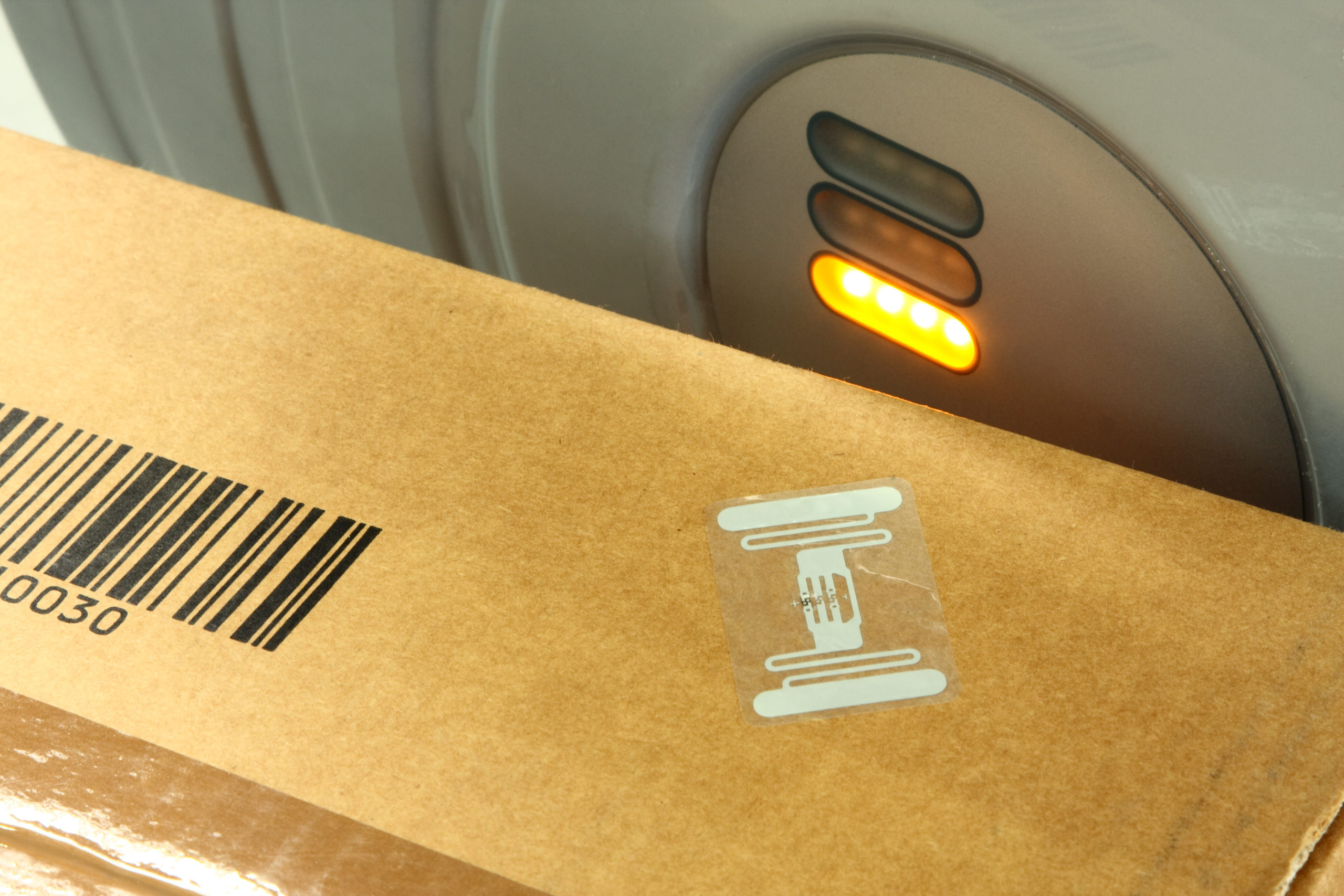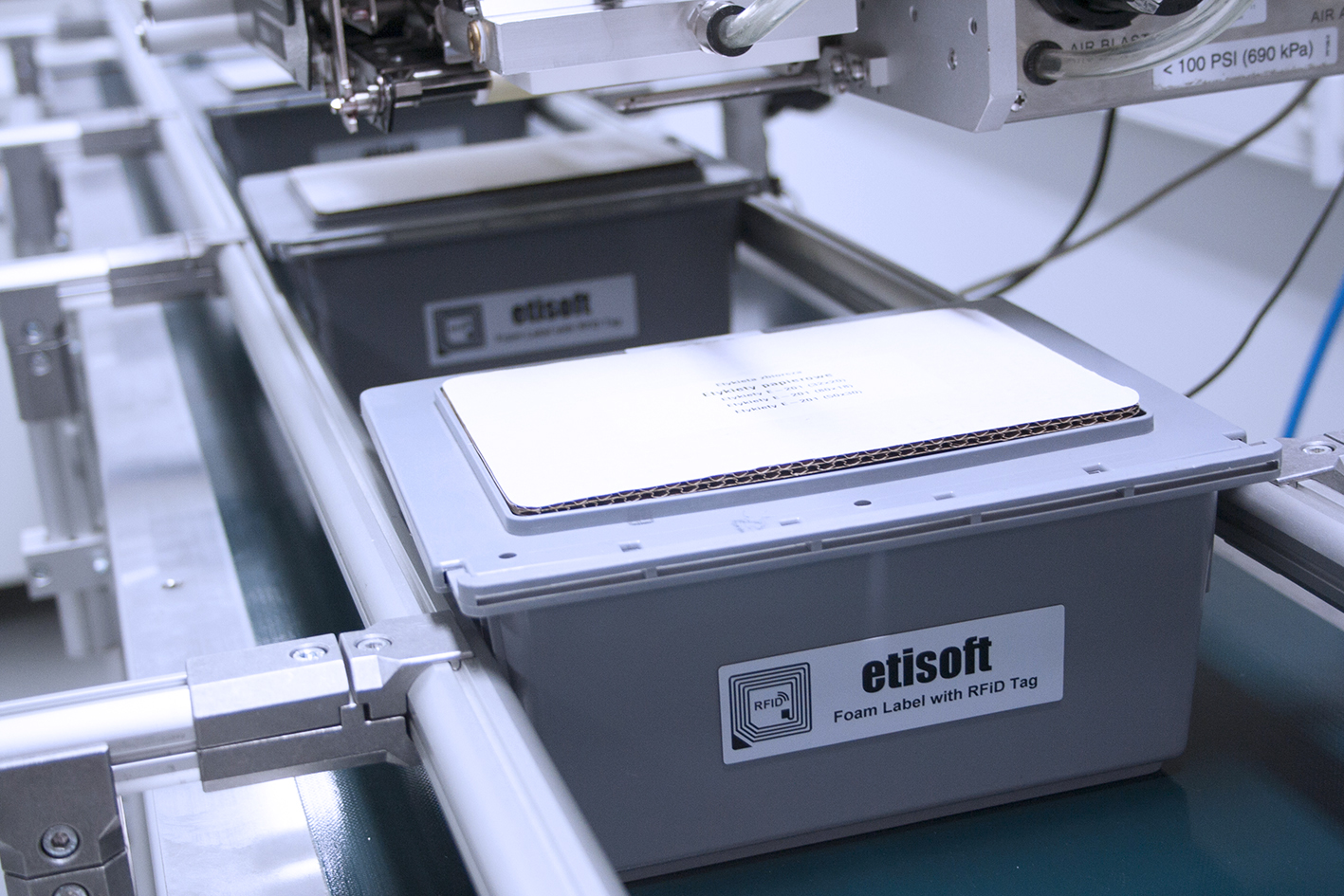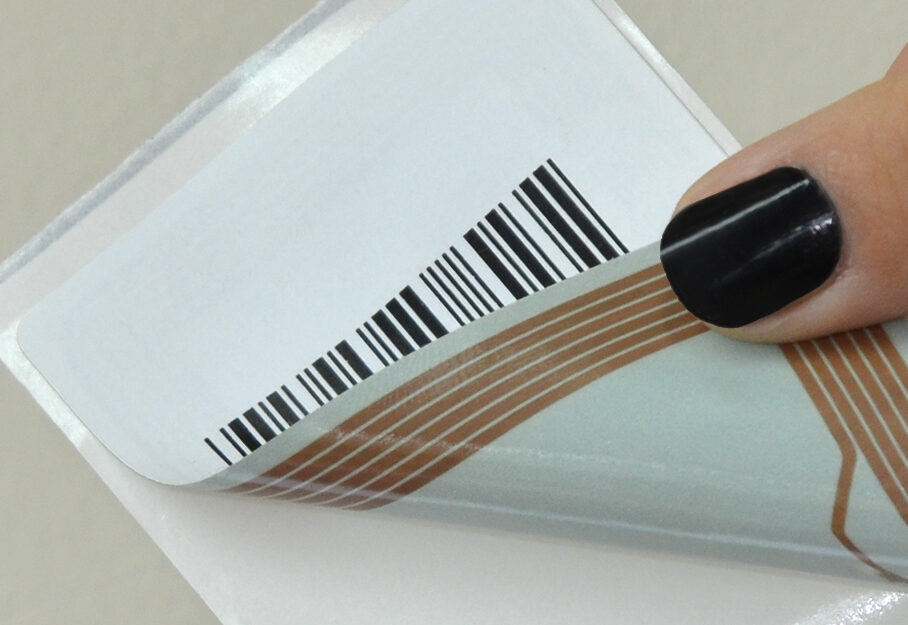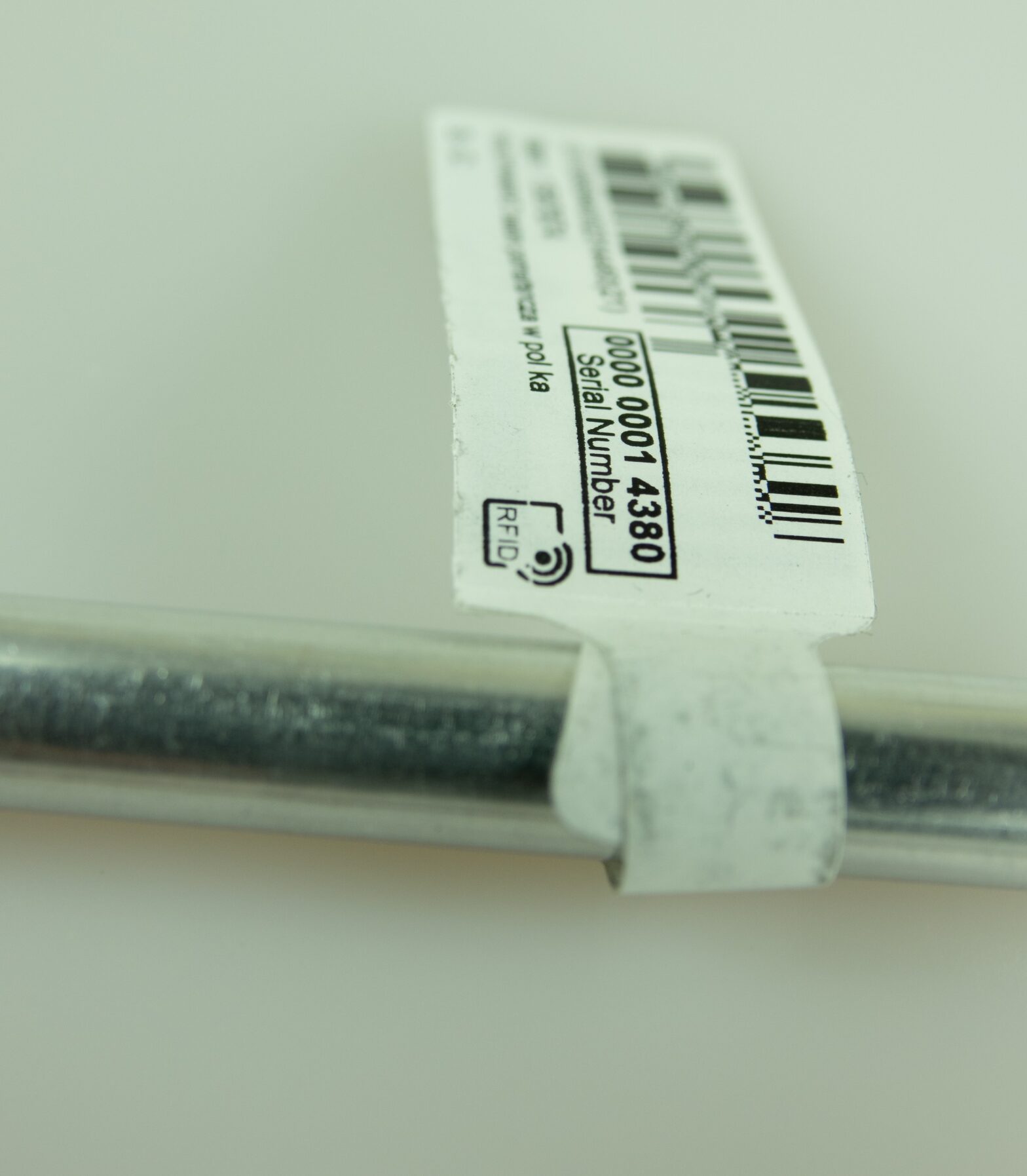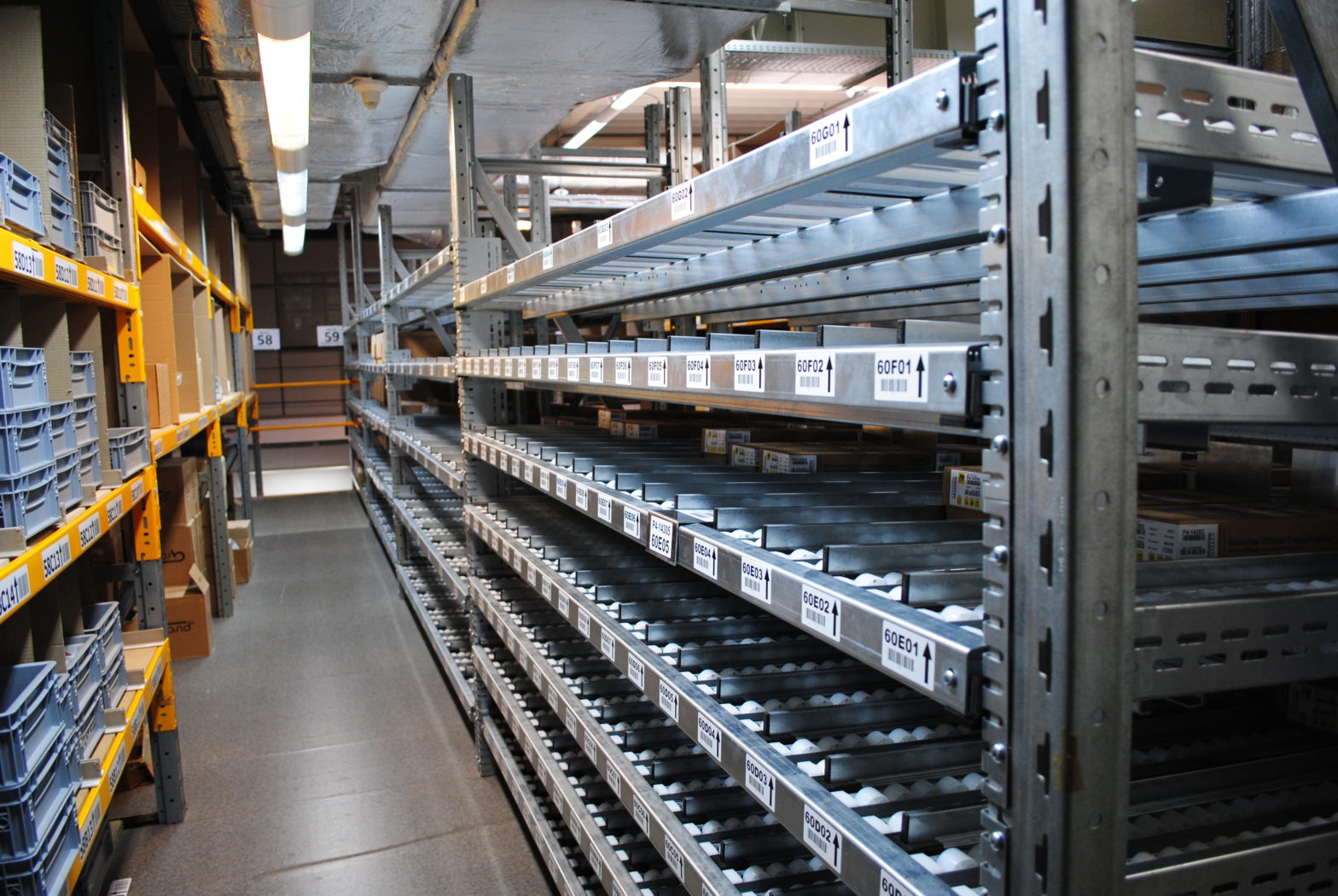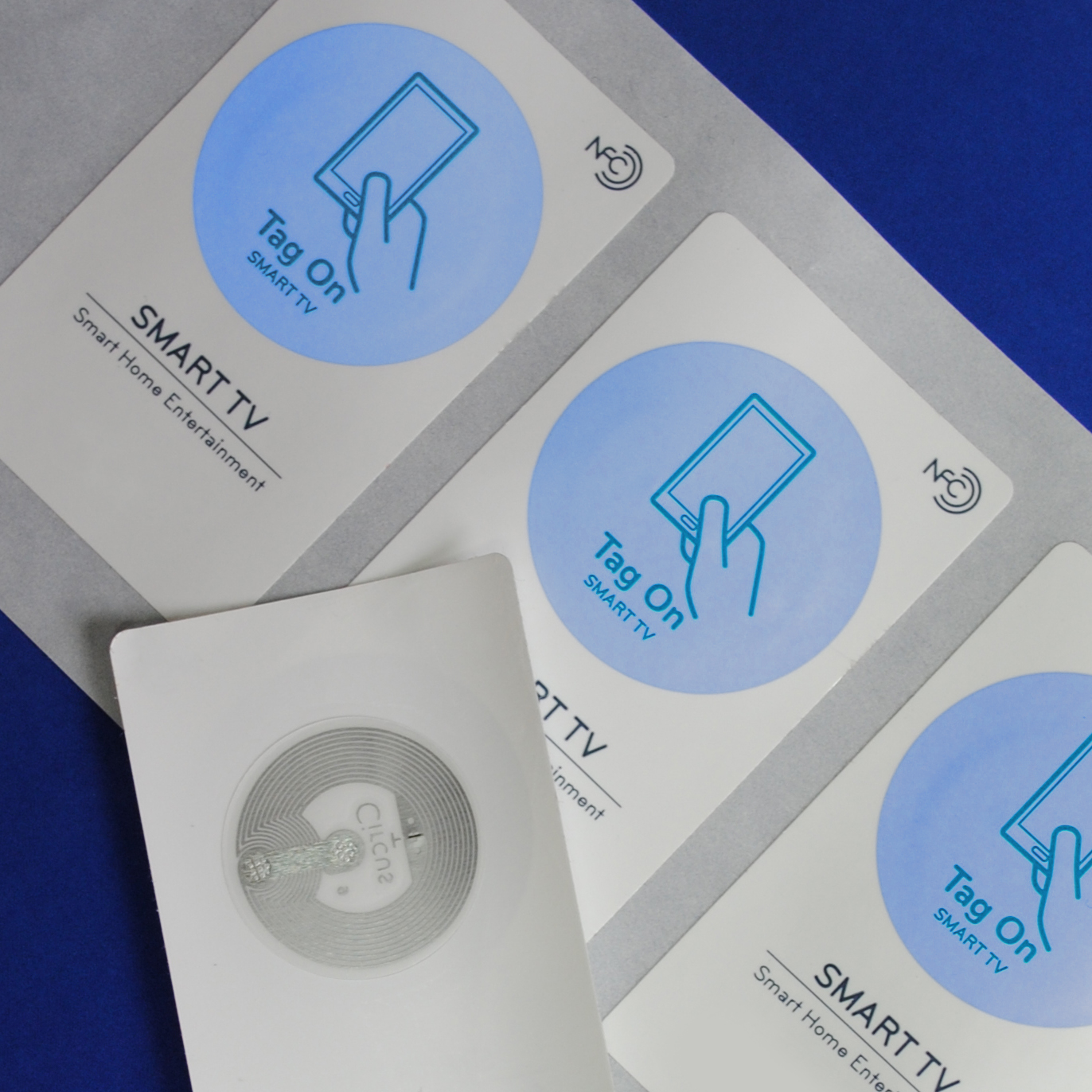RFID pallets and containers id labels
RFID container ID labels - made in the form of permanent self-adhesive labels contain a unique number in the form of a code which is also stored in the memory of an RFID tag. They are used in many business areas for marking reusable items. On their basis the content (...)
